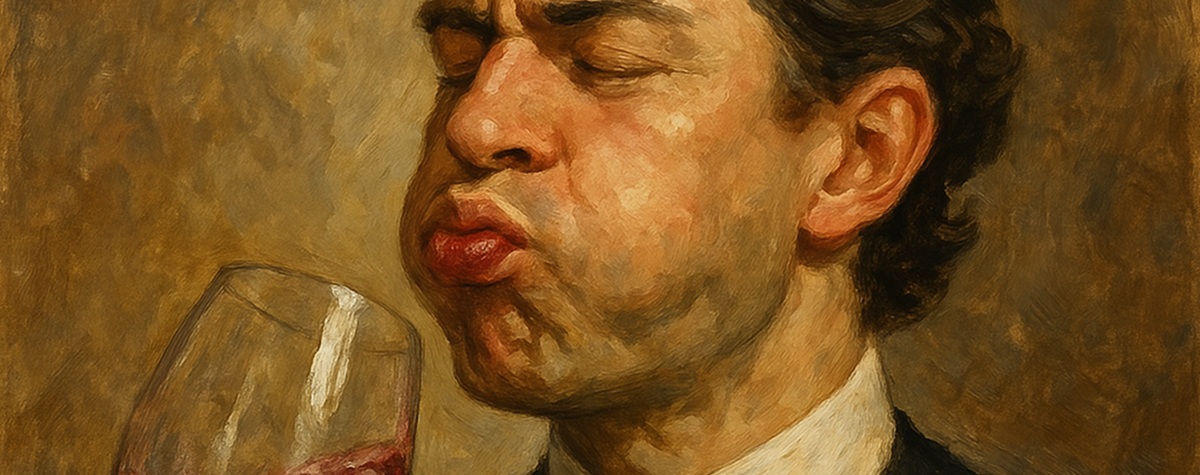But it receives much less attention. And there are far fewer descriptors related to mouthfeel than aromas and flavours. Mouthfeel-related terms are limited to things like overall astringency, drying, hot sensation, body and viscosity.
So, some researchers in Spain have investigated the subject, concluding that we need a new way to communicate about mouthfeel.
And that new way is?
By linking it with touch and using a variety of touchy-feely materials.
Had they been on the Rioja?
By developing these ‘handfeel touch references’ they were able to characterise the mouthfeel properties of six distinctive red wines – a Tannat, Garnacha Tinta, Prieto Picudo, Merlot, Moristel and Pinot Noir – without the use of vocabulary.
What’s the point of that?
It avoids any potential misinterpretations or idiosyncrasies that may arise from the use of language. They say this work “has significant implications” for the wine industry regarding the communication of sensory perceptions. It also addresses the limitations of classical vocabulary-based approaches, when it’s “challenging” to interpret idiosyncratic vocabulary.
It still seems a bit odd.

The sensation of mouthfeel and the skin receptors in your fingertips are more closely linked than you might realise. Both surfaces are innervated by very similar nerve fibres. The researchers say: “The sensations perceived with the hand by touching are similar to the mouthfeel elicited in the buccal cavity by red wine, which is based on the fact that both the buccal and hand surfaces contain similar mechanoreceptors.”
Previous research has illustrated the connection: biscuits presented in a container with rough sandpaper appear to taste crunchier and harder than the same biscuit presented in a smooth-coated container.
So, what did the new study show?
That it is possible to discriminate between red wine mouthfeel properties by means of handfeel touch reference materials and to use these materials for wine mouthfeel descriptions.
How was it done?
You can read the methodology here.
Basically, they drew up an initial list of 44 mouthfeel terms from 193 Spanish winemakers, wine sellers and regular consumers, from which 25 terms were selected for further consideration. They then got design students from Madrid to find different materials that represented each of these terms and to construct three sets with the materials hidden inside. The top 19 materials in discriminating between red wines were then used in the study.
The study was published last month in OENO One (Vol. 59 No. 1, 2025).

 English
English French
French







.png)


